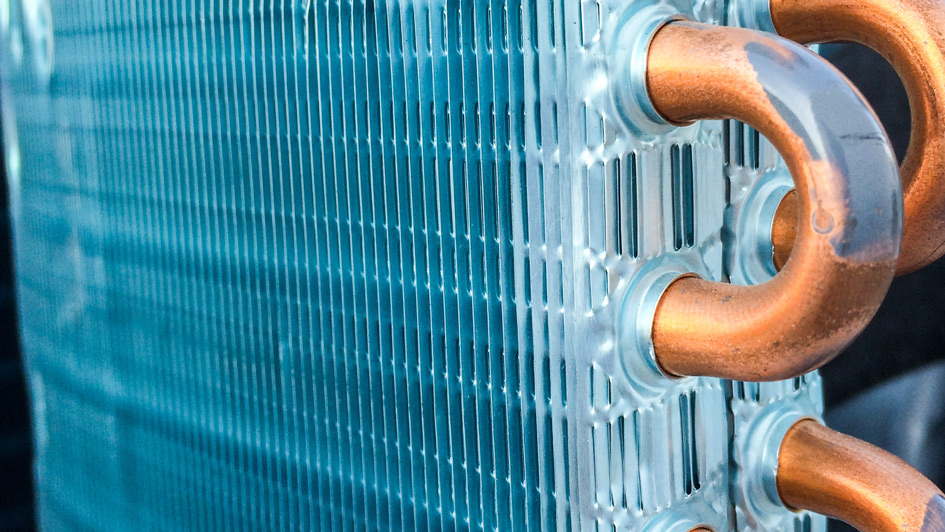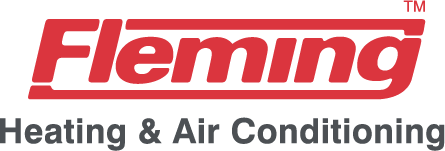
A furnace is almost always a background player for your home, keeping you warm in the cold winter months. It regularly isn't noticed until something breaks down.
One root cause might be that your furnace has a cracked heat exchanger. It’s a potentially dangerous issue, so it’s critical to learn the signs of a cracked heat exchanger and what you should do if you believe that may be the problem.
What Is a Heat Exchanger in a Furnace?
A heat exchanger helps move heat from the combustion chamber in your furnace to the air that circulates through the system. It generally does this with coils or tubes that heat up the air while serving as a barrier to keep byproducts formed in the combustion chamber, called flue gasses, from leaking out into your home.
Is a Cracked Heat Exchanger Dangerous?
Thanks to its key role, it isn't surprising that a cracked heat exchanger can pose a risk. A damaged heat exchanger can permit dangerous gasses – such as carbon monoxide, which can be lethal – to circulate through your home.
For obvious reasons, don't ever turn on your heating if you suspect it has a cracked heat exchanger, as doing so could make your entire household ill. Call an HVAC professional immediately if you think your furnace has a cracked heat exchanger that needs to be repaired.
Four Warning Signs of a Cracked Heat Exchanger:
- Furnace shuts off: A crack in your heat exchanger could cause your furnace to turn off.
- Strange Smells: If the air escaping your furnace has an intense chemical smell, it might be an indicator that gasses are leaking through cracks in your heat exchanger. These byproducts, which will often smell like formaldehyde, are a significant warning sign.
- Carbon monoxide alarm goes off or you notice symptoms of poisoning: If a cracked heat exchanger is relieving carbon monoxide in your home, your carbon monoxide alarm should go off or household members might experience signs of carbon monoxide poisoning. Side effects include headaches, dizziness, weakness, nausea, vomiting or feeling sleepy. If your alarm goes off or you feel unwell, exit the home as soon as you can and then call for help.
- Soot: If you spot black sooty accumulating near the exterior of your furnace, it’s more evidence something could be seriously wrong.
What to Do if a Furnace Heat Exchanger is Cracked
If you suspect your furnace has a cracked heat exchanger, hire a professional with extensive experience in furnace installation South Beloit and Belvidere as soon as possible so they can examine your system and, if needed, start a furnace heat exchanger replacement. Costs should vary depending on the situation, but estimates often hover around $1,000 to $3,000.
Estimates aside, the good news is that heat exchangers are often included in the warranty. You’ll want to check the warranty paperwork on your furnace, as while the warranty won't always cover the entire cost of repairs, it still may significantly reduce your bill.
How to Avoid a Cracked Heat Exchanger in Your Home
One of the easiest ways to avoid problems in your furnace overall is through consistent furnace maintenance. Furnaces provide the best possible return on investment when they work efficiently. Hiring a certified professional to inspect your furnace for old parts, dirty filters and other common problems can help you avoid getting a big bill later on.
It’s also helpful to take a look at your furnace filters every few months – it’s recommended some filters be swapped out every 90 days or sooner if they are dirty or grimy. While the filters aren't connected to the heat exchanger itself, the strain of dragging air through a clogged filter makes your entire furnace work harder to do its job. And the harder your furnace has to work, the more strain parts like the heat exchanger will experience.


